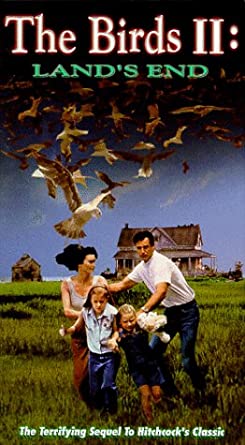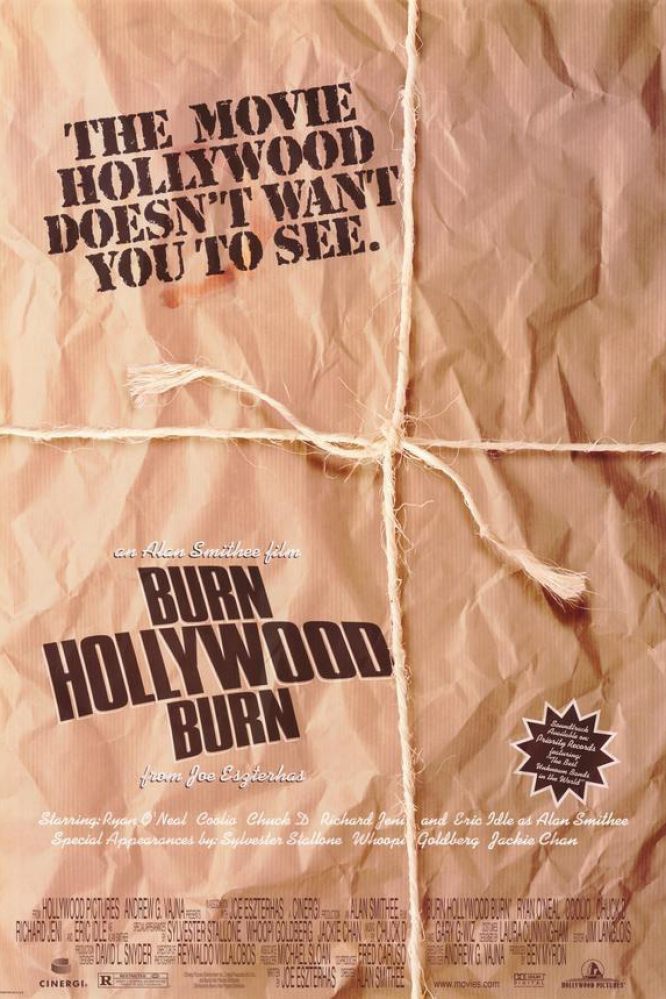
“Across all feature films made worldwide in the past seventy years (between 1949 and 2018), it’s a rare club of just 134 directors (0.1%) who have directed more than 20 movies.” – Stephen Follows
Just 134 directors! In seventy years! Astounding isn’t it?
It’s with this mind-boggling titbit of movie trivia in mind that I’d like to introduce Alan Smithee (or Allen Smithee, as he is sometimes known) and his prolific 50+ year career spanning over 100 directing credits, according to his IMDb page.
And not only directing. Alan Smithee also includes writing, cinematography, composing, visual effects, producing and more to his impressive resumé. His work spanning not just feature films, but also TV episodes, documentaries, music videos and short films.
 His initial film Death of a Gunfighter (1969) gained strong reviews from both the New York Times (“Sharply directed by Allen Smithee who has an adroit facility for scanning faces and extracting sharp background detail”) and Variety Magazine (“Smithee’s direction keeps the action taut and he draws convincing portrayals from the supporting cast”).
His initial film Death of a Gunfighter (1969) gained strong reviews from both the New York Times (“Sharply directed by Allen Smithee who has an adroit facility for scanning faces and extracting sharp background detail”) and Variety Magazine (“Smithee’s direction keeps the action taut and he draws convincing portrayals from the supporting cast”).
However, his later work on the sequel to Alfred Hitchcock’s classic The Birds, The Birds II: Lands End, was far less popular. Even Tippi Hedren, who starred in the original and appeared in the sequel, has spoken out to the poor quality of the film: “It’s absolutely horrible. It embarrasses me horribly.”
But this scathing review has far from deterred him. Despite ostensibly retiring in 2000, Smithee has still found a myriad of projects to leave his mark on. Most recently directing the 2018 horror flick The Night Watchers and eleven episodes of the French TV series Tomorrow Is Ours (2017-2018).
Yet Alan Smithee is far from the household name someone of his prodigious career would expect to be. Why is that you may ask?
Because Alan Smithee isn’t real.
Despite all the movies, TV series, music videos, etc. that bear his name, Alan Smithee is in fact a pseudonym invoked by multiple people throughout the film industry who wish to disown or separate themselves from a project.
 In the case of Birds II, the real director was Rick Rosenthal who currently puts his name down as a consulting producer on Amazon’s critically acclaimed Transparent. Yet in the Hitchcock reboot he chose to use the Alan Smithee moniker when the control of the script and the changes he wanted to it were taken out of his hands, he said: “The shape of the film was quite different from what I thought I was going to be shooting.”
In the case of Birds II, the real director was Rick Rosenthal who currently puts his name down as a consulting producer on Amazon’s critically acclaimed Transparent. Yet in the Hitchcock reboot he chose to use the Alan Smithee moniker when the control of the script and the changes he wanted to it were taken out of his hands, he said: “The shape of the film was quite different from what I thought I was going to be shooting.”
Many similar situations have led to the Smithee attribution since his creation in 1968 by the Directors Guild of America (DGA). Prior to this time, DGA rules did not permit directors to be credited under a false name for fear that directors may be forced to take on pseudonyms by crooked producers, negatively affecting their earning potential. But after a swarm of applications from unhappy directors to remove their name from works that no longer reflected their creative vision, the final straw to change their minds on the ruling was Death of a Gunfighter.
Conflicts between the film’s initial director Robert Totten and the leading actor Richard Widmark led to a new director being brought in halfway through production — Don Siegel. But despite the aforementioned acclaim the film had with audiences and critics alike, neither director wanted to take credit for it. The DGA stepped in, accrediting the film to the created name of Alan Smithee instead.
While some claim the name Alan Smithee was created for the anagram ‘the alias men’, in truth the name was chosen for its unremarkable ordinariness, with only the use of the distinctive double ‘e’ in the hope it would never clash with any existing people of the same name.
 Over the years, however, savvy moviegoers started to learn what the pseudonym meant and Alan Smithee became synonymous with box office disaster. And if they hadn’t yet made the connection, the 1997 movie An Alan Smithee Film: Burn Hollywood Burn certainly made it quite clear.
Over the years, however, savvy moviegoers started to learn what the pseudonym meant and Alan Smithee became synonymous with box office disaster. And if they hadn’t yet made the connection, the 1997 movie An Alan Smithee Film: Burn Hollywood Burn certainly made it quite clear.
A fictional comedy about a filmmaker named Alan Smithee (portrayed by Eric Idle), who realises he had made terrible film but is faced with the reality that the only name he can affix to the credits is his own since the DGA insists that Alan Smithee is the only permissible pseudonym directors are allowed to take. The films actual director Arthur Hiller, in what is either a great irony or a carefully orchestrated publicity stunt, claimed he was unhappy over the final cutting of the film, and chose to attribute the director’s credit of the film to — you guessed it — Alan Smithee.
So it was no surprise that a mere three years after the release of the film, the DGA officially discontinued the use of the Smithee name. Disgruntled directors are still offered the option to use a pseudonym, but there is no longer a single name attributed in these cases. For instance:
- Thomas Lee was the accredited director for the 2000 James Spader flick Supernova (no relation), which was actually directed by Walter Hill.
- Harry Kirkpatrick was the accredited director for the 2003 movie Shortcut to Happiness that was actually the directorial debut of Alec Baldwin.
- Bob Robertson was used by Sergio Leone for his A Fistful of Dollars who was worried American audiences wouldn’t accept a western movie made in Italy.
However, Alan Smithee continues to be frequently attributed by directors as well as many other creatives within the film industry. And no matter the reasons behind the use of his name as a scapegoat, the quantity (if not the quality) of his body of work is an intriguing case study of Hollywood history — and at the very least a great little bit of scoop to hang on to for your next round of pop culture pub trivia.
Lead image: Eric Idle as Alan Smithee in An Alan Smithee Film: Burn Hollywood Burn.









